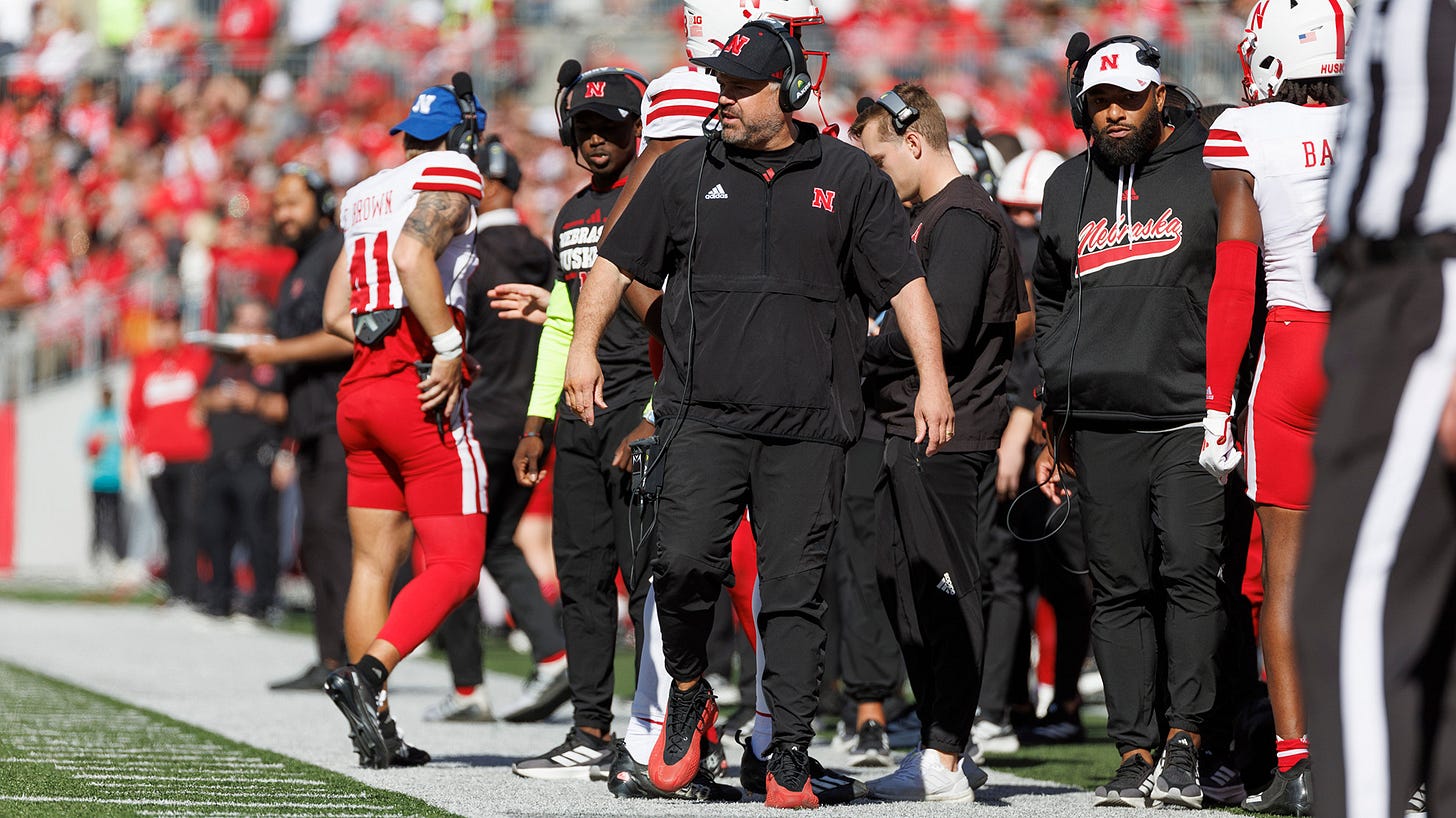Who's winning the transfer portal in the Big Ten?
It's not all about additions. Here's a way to compare what's been gained against what's been lost.
The NCAA transfer portal is big, scary and alluring enough for 20 college football offseasons. While the winter window closed on Dec. 28, that date wasn’t hard and fast for players in the postseason meaning we’ve got plenty of transfer activity ahead even though it’s supposed to be over until the spring.
But a gentle tapering off of player movement seems as good a time as any to try and get our arms around what’s happened to rosters in the Big Ten. As with high school recruiting, I’m grateful to the recruiting sites for trying to keep track of something so massive and malleable. It requires a lot of personnel and computing power.
That said, unlike traditional recruiting, the transfer portal is not a one-way street. The team transfer rankings at 247Sports and Rivals—Nebraska is 11th nationally and second in the Big Ten at the former, 15th and second again at the latter—only include additions. On3, to its credit, sorts its team rankings by an “Index Score,” which does assess departures alongside arrivals. What’s an Index Score of 50 mean? I don’t know, but that’s what Michigan has so far, tops in the Big Ten and third nationally.
For our transfer portal progress report, we’re going to use the model from McIllece Sports which assigns a “NetWin” value to “virtually all the significant FBS players in the nation.” What’s a NetWin? It is the estimated value a player would offer “as a full-time starter on an average FBS team” over a 12-game season.
For example, Husker wide receiver Jaylen Lloyd—a recent addition to the portal who put up gaudy numbers in limited opportunities over two seasons—has a NetWin value of 0.12, which is in the 86th percentile among players at his position. Nebraska added Kentucky wide receiver Hardley Gilmore IV on Wednesday, a big-play guy on limited touches (similar to Lloyd in that way). His NetWin rating is 0.05, so Nebraska ends up -0.07 on these two roster moves.
Poke around with that database a bit and you’re sure to find ratings that you might find too high or too low, but I think the value of something that tries to boil this down to what actually matters—wins—is a better method.
So, here’s how the Big Ten looked as of Dec. 311 based on what teams lost and gained. It’s not the same look as you’ll find in most of the portal rankings.
Keep reading with a 7-day free trial
Subscribe to Counter Read to keep reading this post and get 7 days of free access to the full post archives.



